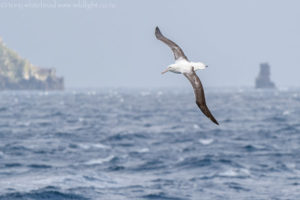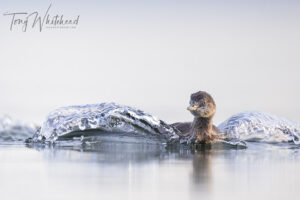After leaving the boardwalk we continued our Enderby Island hike heading east along the clifftops on the northern shore. There is no track and we started in short, wind flattened tussock pierced by the short golden spears of Bulbinella rossii. As we progressed more Anisotome latifolia appeared until they dominated the megaherb garden we found ourselves in. The weather was stunning with sunshine, a gentle (by Auckland Island standards) westerly breeze , and enough cloud to give interesting skies and moments of diffused light. Working through my images I am slightly shocked by how many I have, so Enderby Island will be covered in a number of posts which will be relatively image heavy and text light photo essays. This series heads east from the top of the boardwalk along the northern shore to Derry Castle reef where we stopped for our picnic lunch.
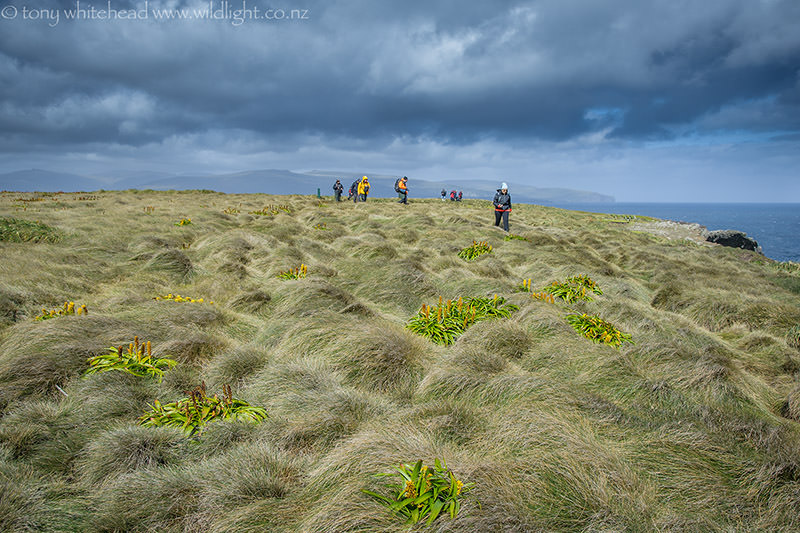
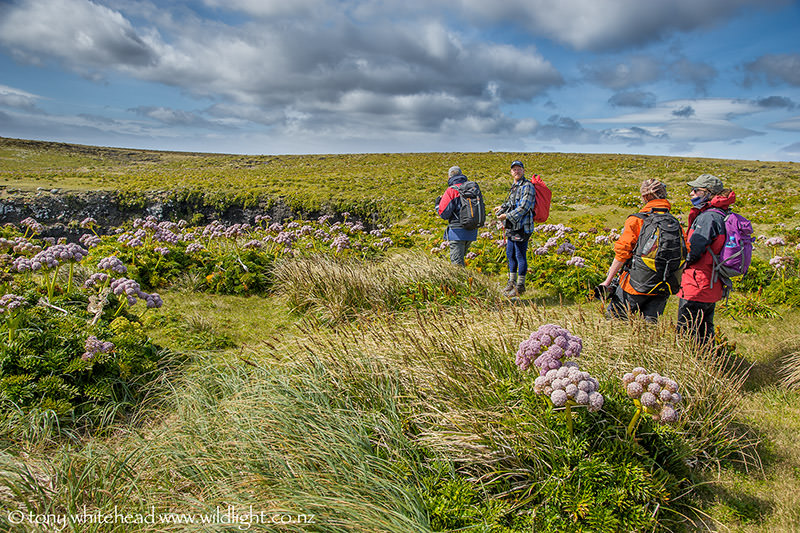
Enderby Island is the jewel in the crown of the Auckland Island group, having had pests eradicated and the Enderby Island cattle removed. This has allowed the flora to recover and the lushness of growth is in stark contrast to the main island that still has wild pigs, cats and mice. Eradicating pigs and cats from the Auckland Islands is an ongoing aim for the Department of Conservation.
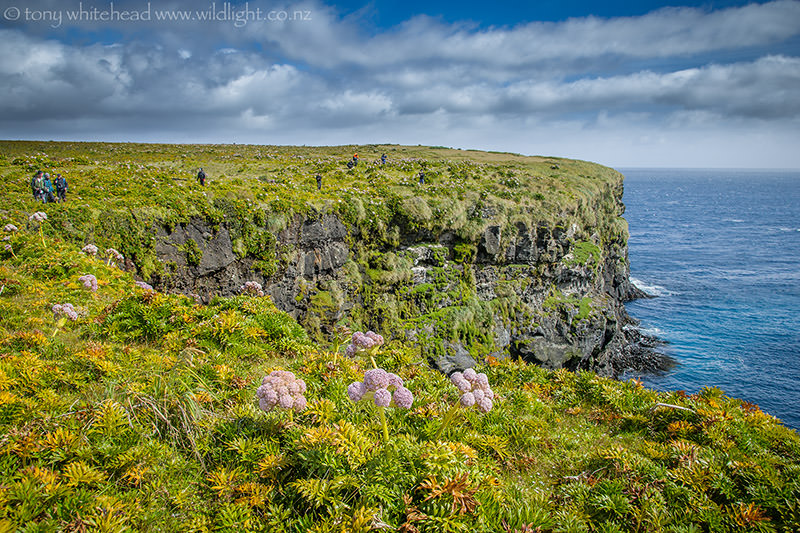
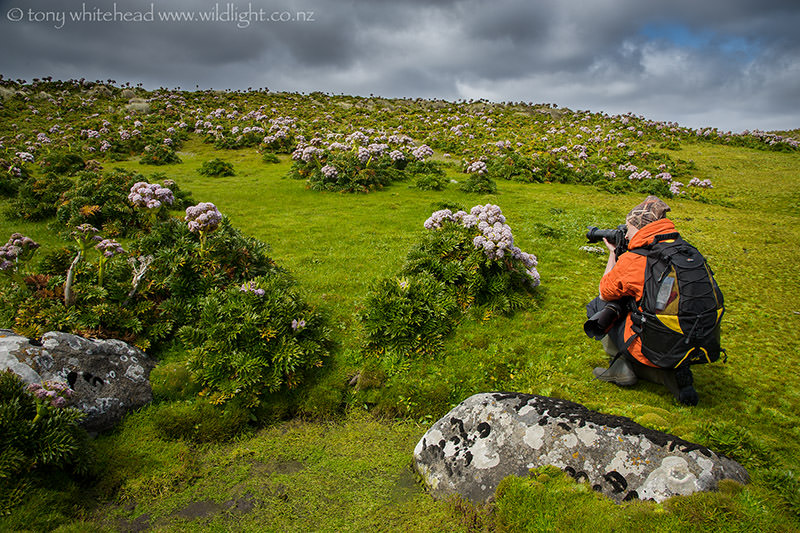
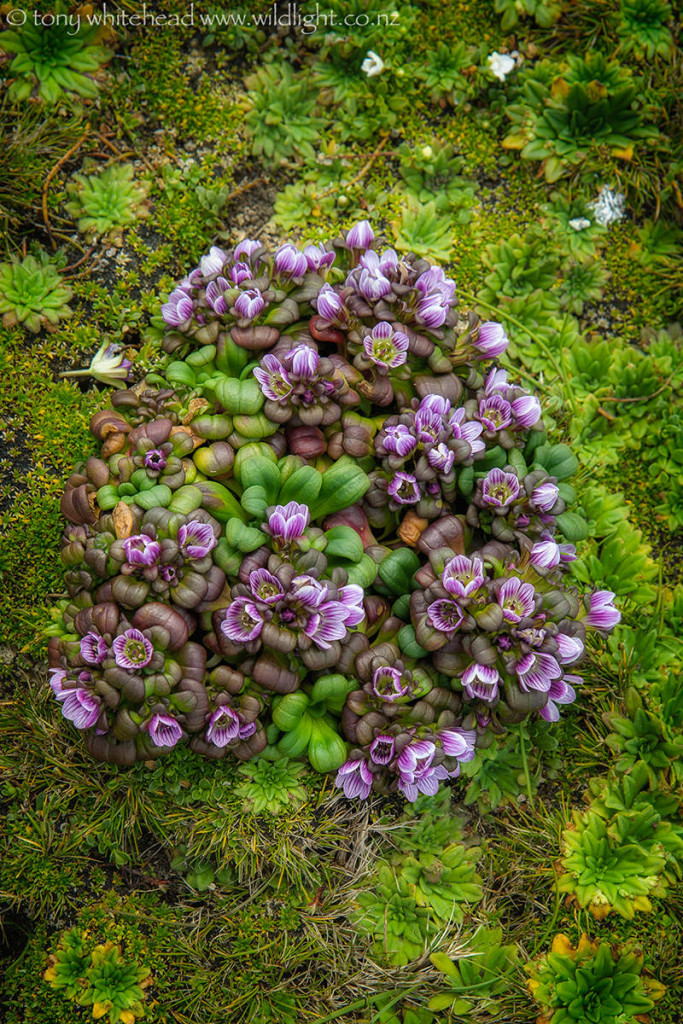
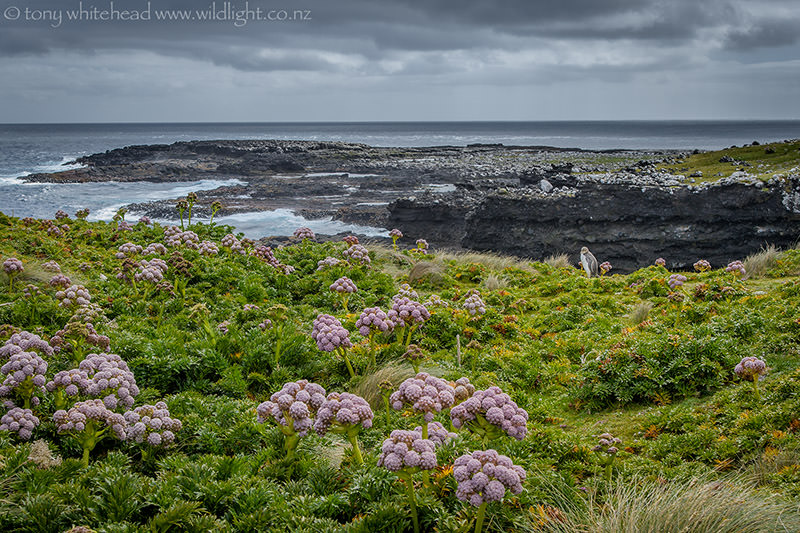
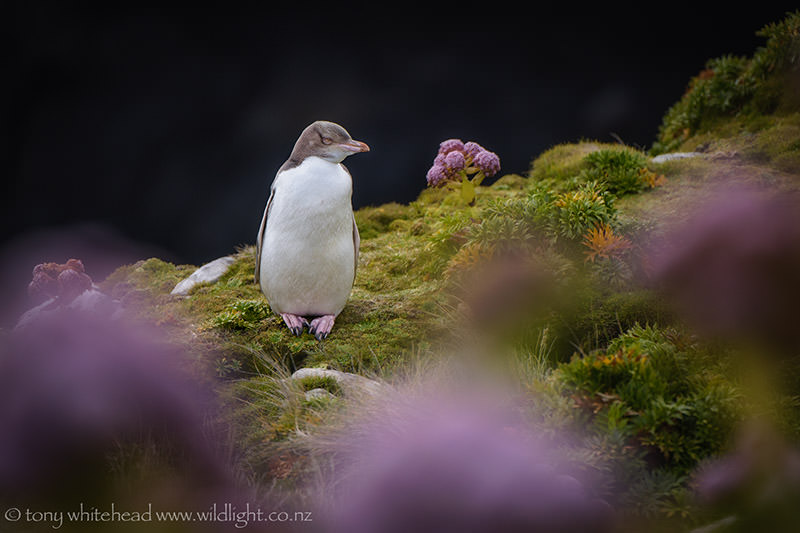
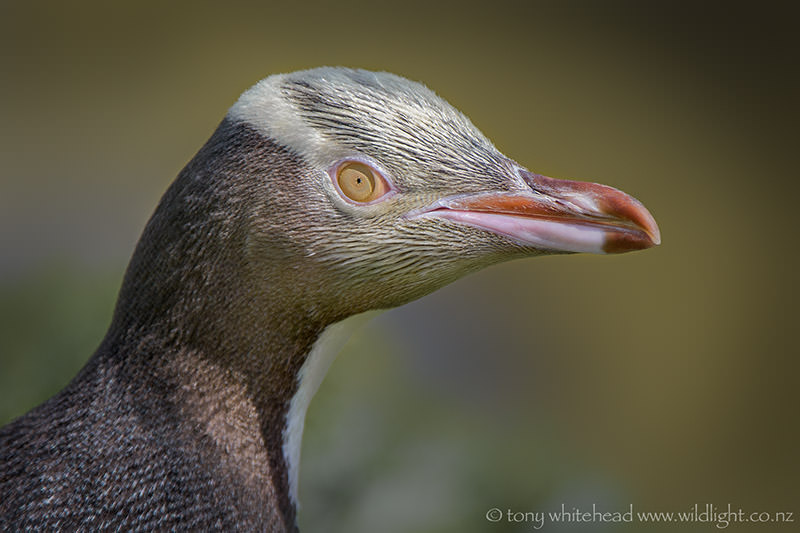
One of the pleasures for me was seeing some of the endemic bird species. The Auckland Island Pipit is a subspecies of the New Zealand Pipit and we saw a number of them. I was lucky to find this one dust bathing in a patch of hard dry ground. A lot of scratching created some loose sand that was then rinsed through the plumage.
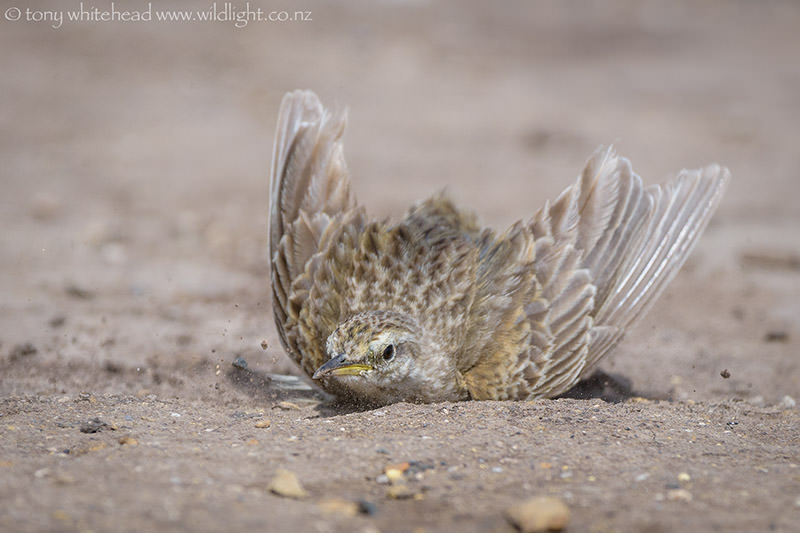
Derry Castle Reef gives access from the sea to Yellow-eyed Penguins and New Zealand Sea lions so numbers of these two species increased as approached with first penguins then Sea lions dominating. The Sea lions can seem quite daunting as they gallop toward you and their size makes them quite imposing. They are motivated by inquisitiveness more than aggression, so if you stand firm and hold something above their head they explore it but are dominated by the height difference and will turn away and head off eventually. Cameras, hiking sticks or backpacks all work, but it can be a challenge holding a heavy lens or bag out at arms length for the time it takes.
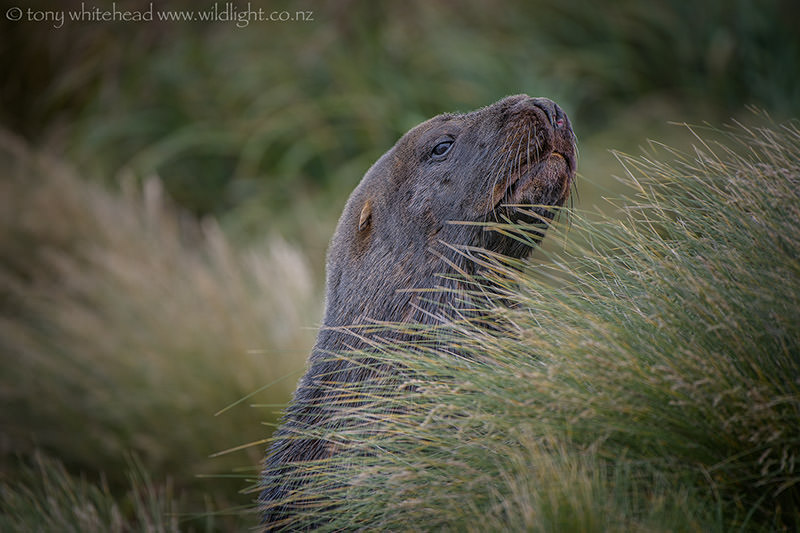
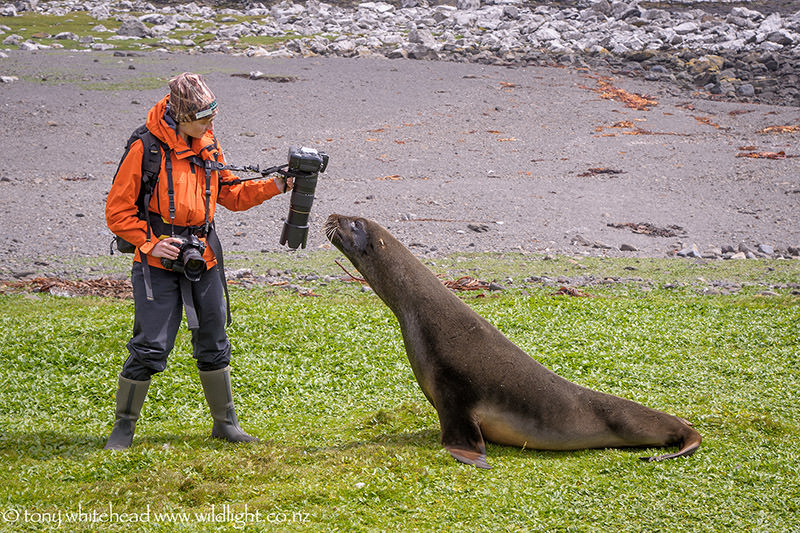
Next week we turn south along the Eastern side of Enderby Island. Being more sheltered the tussock and other vegetation gets higher and we will visit an Auckland Island Shag colony and meet the stunning Southern Rata forest.
Photos with Nikon D810 and Nikon 200-400mm f4 or Nikon D3s and Nikon 24-120mm f4 lens
